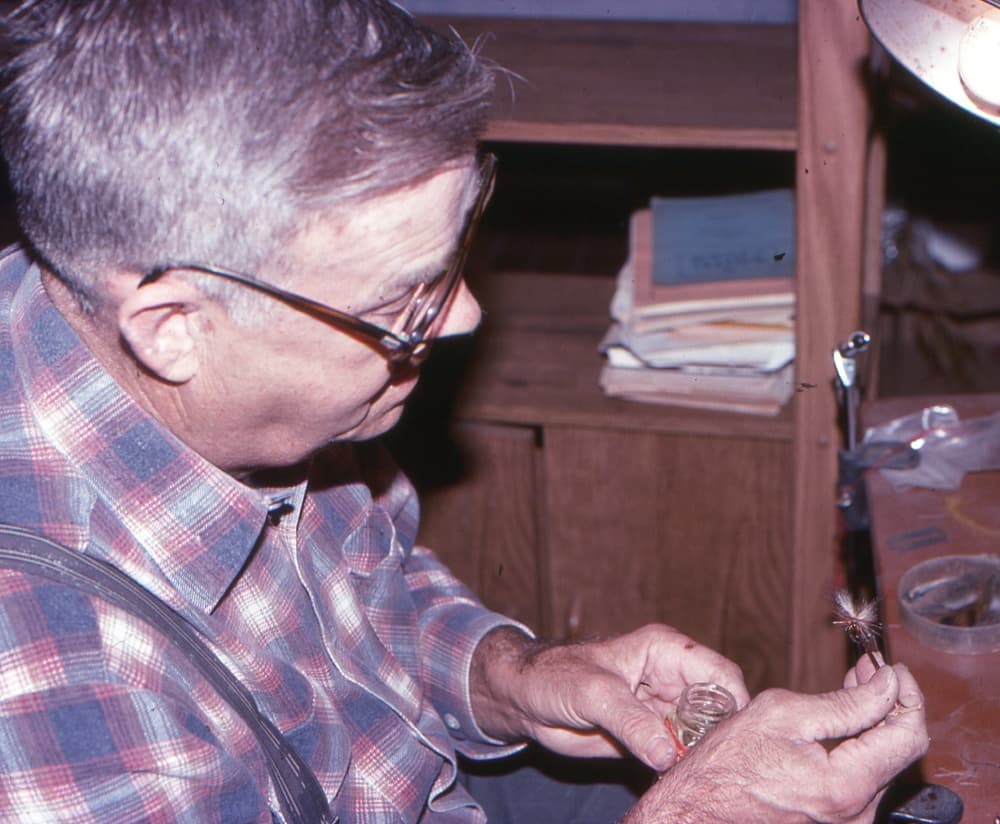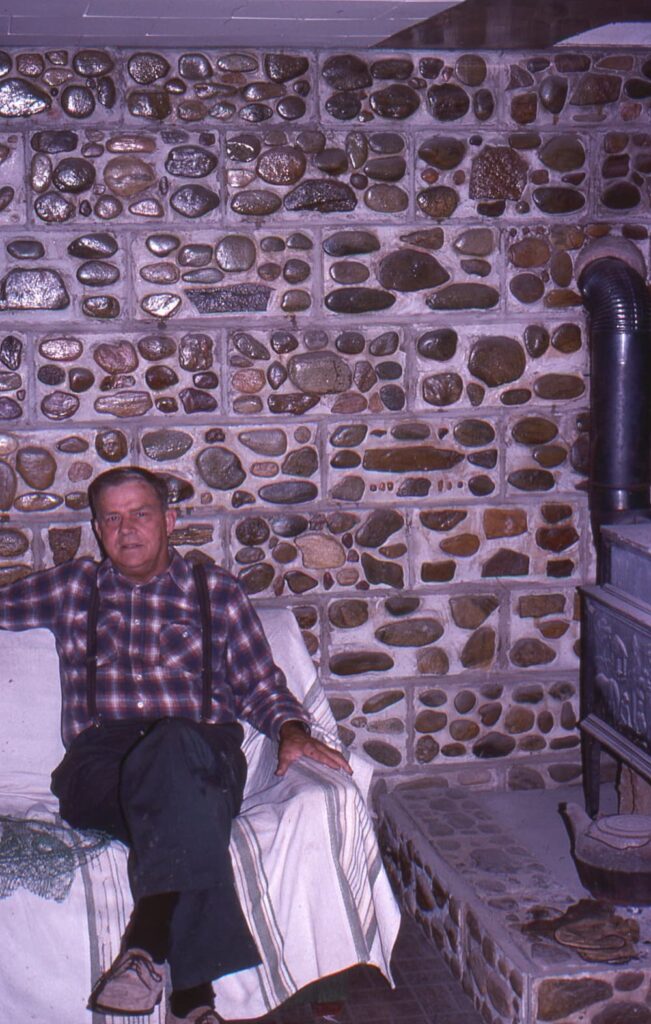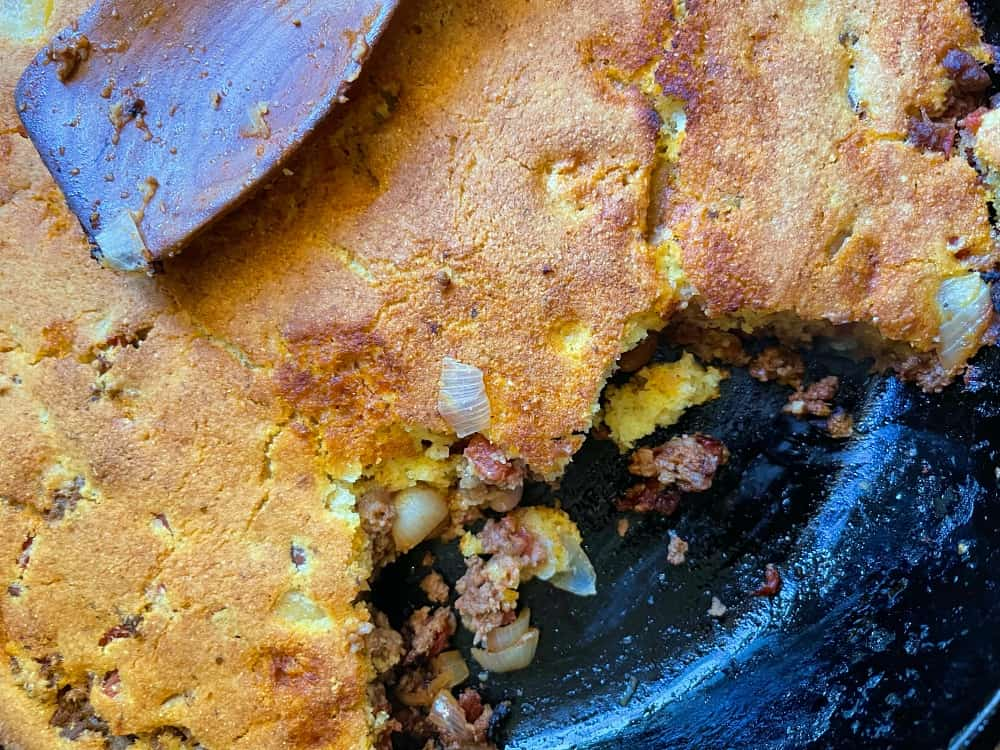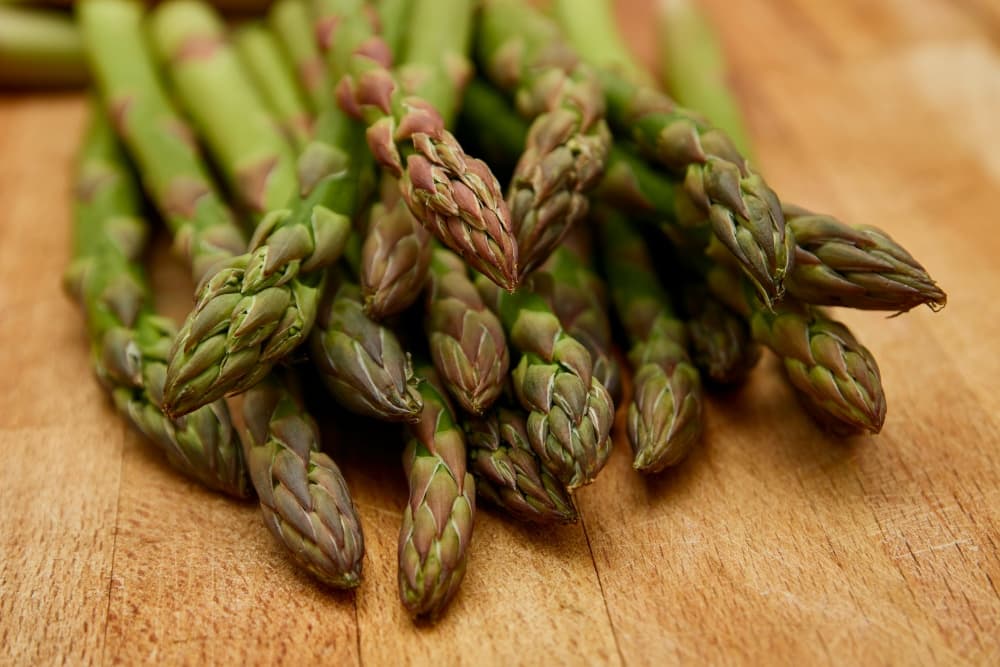JUNE NEWSLETTER
In my boyhood highland homeland, most folks have always viewed Decoration Day and Memorial Day as two distinct events. The former is a time for family gatherings, cemetery cleanup, usually a covered dish feast, and frequently, church services. Individual families and churches celebrate it at different times, but it is usually in late May or June. A key part of the event is decoration, with flowers being placed on the graves of loved ones and cemeteries cleared of any weeds, brush, or other detritus. Memorial Day, on the other hand, focuses specifically on those who saw military service and especially on those who died in combat.
My immediate family has not been one with much in the way of direct links to the military. Daddy was of prime age to have been drafted in World War II but the woodturning plant he worked for was deemed so vital to the war effort (they produced flare bodies and racks to hold torpedoes with a degree of precision no other plant in the country could match) that many employees were mandated to continue working there rather than enter the military. I was teaching in a military academy with an extensive ROTC program at the time I would have most likely been drafted, thereby avoiding Vietnam, and my brother was enough younger than me for that tragic conflict to be over by the time he reached draft age. My former brother-in-law did see duty in Vietnam, and I think it fair to say that his service had a dramatic impact on him.
Yet I’ve known and greatly admired a number of servicemen during my life, and I’m long made a point of expressing appreciation to men and women in uniform when the opportunity arises. I had a number of high school classmates who made the military their life’s work, and several distinguished themselves. In particular, one rose to the rank of sergeant major, the highest step on the noncommissioned ladder. But without question the finest tale of military service I know comes from a man a generation older than me who became a cherished fishing buddy as well as one of those unforgettable characters we are privileged to know along life’s pathway. I wrote a tribute to this remarkable individual a decade or so ago, and it has been so well received that I thought I’d share it as the heart of this month’s newsletter.
FRANK YOUNG:
HE CAME HOME TO FISH, FORGET, AND FIND HIS SOUL

With Memorial Day at hand, my thoughts turn, as they invariably do, to patriots who have served our country over the generations. Each of us needs to recognize and remember these men and women, not merely on Memorial Day but throughout the year. We owe them an incalculable debt and should never forget the sacrifices they made and continue to make.
With that train of thought in mind, I would like to pay tribute to one solider—a simple man of the North Carolina high country who also happened to be the finest fly fisherman I’ve ever known. I first became acquainted with Frank Young when I was just a teenager. Fishing, mainly for trout, was my life during the summer. Day after glorious day would find me wading the waters of nearby Deep Creek or one of its major feeders, Indian Creek. Both lay within hard walking or easy biking distance of my boyhood home, and their sparkling waters drew me in irresistible fashion.
My path seemed to cross that of Frank Young on an almost daily basis, and gradually we made the transition from exchanges such as “Howdy” and “Any luck today?” to serious discussions of fly fishing. Frank worked at a local furniture factory, but he would hasten home when the 3:30 p.m. whistle signaling the end of another work day blew. He would then rush to a nearby stream to get in a few hours of fishing. Over time and through careful observation I realized that he was a master angler, and with the eagerness of an eternally curious boy I constantly picked his brain.
Our friendship ripened, and eventually we would take fishing trips together, including one especially memorable backpacking trip in the Smokies. Frank was by that juncture in his life troubled with a bad heart, and in truth he probably shouldn’t have made the arduous trip. Yet he enjoyed himself immensely and those days astream, along with four nights beside campfires talking and telling tales, were filled with magic.
Although I knew Frank had seen military service, it was only during this backcountry adventure that I learned he had been in action in both World War II and the Korean War. Clearly his experiences were traumatic, because he refused to talk about them—not just with me but even with his wife and stepdaughter. About all he revealed to me was summed up in a single sentence: “Jim, I came home to fish, forget, and find my soul.”
That’s precisely what he did for decades, right up until his death. Year after year Frank averaged fishing better than 250 days astream. Week days he would be in the water from the time he got off from work until dark, and often in the height of summer come can see he would get in an hour or so of fishing before heading off to work. On weekends Frank headed into the backcountry, usually alone, with the simplest of equipment. His “tent” was a sheet of heavy-duty plastic; his cooking kit a lightweight frying pan; his sleeping gear a single blanket; and his grub some salt and pepper, corn meal, lard, dried fruit, and dried beans or pasta. Mostly though, he relied on trout and nature’s bounty in forms such as ramps, wild berries, branch lettuce, and the like for sustenance.
Even when it came to fishing gear Frank was a minimalist. Although he owned some wonderful bamboo rods (I am now the proud possessor of two of them, a three-piece F. E. Thomas and a one-piece Hardy), the gear he used was, not to put too nice a turn on it, basically junk. He had taken bits and pieces of fly rods picked up at flea markets and cobbled together his outfit. The reel he used was of the cheapest sort, and he made his own leaders and tied his own flies. Never a man who had much money, Frank was frugal and believed in using what worked—not what cost a lot of money.
A great example came with some of the flies he tied. Certain types of popular tying material have always been expensive, and one of the priciest is “kip tail”–white hair from the tip of a calf’s tail. Frank, in typical fashion, found a perfect substitute. Instead of using the high-priced, store-bought material, he turned to the hair from ‘possum bellies.When he needed material and saw a recent road kill ‘possum, he simply stopped and took what was available. Frank used to chuckle as he showed a Royal Wulff, perhaps the most popular of all trout flies, tied with ‘possum belly fur. “If you can’t find plenty of this tying material,” he would chuckle, “then you aren’t driving mountain roads.”
Of all the many things Frank did associated with fishing though, one stands out above all the rest. He always carried a capacious wicker creel with him, and it had uses beyond simply being a place to hold trout he caught. On day trips the creel functioned as a lunch bucket, but its most frequent use involved neither trout nor tucker.

Every time he went fishing, Frank kept an eye out for unusual or attractive sights. This might be spotting a turkey or deer, perhaps seeing a mink swim a creek or a beaver at work, enjoying blooming spring wildflowers, or noting ripe serviceberries or blackberries. Or maybe he would catch a big brown trout or break off a good fish. It didn’t matter what occurred. Anything which seemed special to Frank led him to pause, ponder, and reflect on the moment in a thoughtful, unhurried fashion. He was taking an active, carefully thought out approach to something all of us do, but not in quite so orderly or conscious fashion. Frank was making and preserving memories.
Whenever something noteworthy happened, he would immediately look around him in the stream and pick up two or three rocks which were particularly colorful, had unusual shapes, or appealed to him in some other way. Frank then placed these rocks in his creel, carried them for the rest of the day, and took them home with him. There he deposited the stones in a homemade frame the size and shape of a cement/cinder building block. When the frame was full to overflowing, he would rearrange the rocks, leaving those he found especially appealing sticking out or perhaps organized to make some type of design. He then filled the frame with cement, allowed it to dry, and set the resulting block aside. In that manner, rock by rock, block by block, Frank Young accumulated material to build a house which surrounded him with memories. To me it is a remarkable example of ingenuity as well as a testament to one man’s love of fishing, his highland homeland, and the good earth.
As a trout fisherman, Frank was simply the best I have ever been privileged to witness in action, and I’ve been astream with the likes of Gary Borger and Lee Wulff. He was a wizard with brown trout and had a special knack for catching trophy-size fish. He could cast like nobody’s business, used all sorts of unorthodox techniques, and brought a keen analytical mind to angling. He was also a great fisher of men, or more specifically, boys. Although he never had children of his own, once he returned from the wars Frank devoted untold hours to Camp Living Water, a local youth retreat originally which was part of the Smoky Mountain Bible Conference. In fact, that is how I came into possession of the treasured bamboo rods mentioned above.
Somehow my eyes caught a tiny classified ad in the Smoky Mountain Times offering the two fly rods for sale. Intrigued, I called the phone number, which I thought looked familiar. When Frank answered and we had talked for a few moments, I asked: “Why in the world are you selling those wonderful fishing rods?” His response was a moving one to the effect that he didn’t need them but that a couple of projects at Camp Living Water could sure use an infusion of cash. I was more than happy to buy the rods not only as cherished angling items but also because of the wonderful man they came from and the use to which he put the payment.
Frank Young was not perfect—far from it. He had a fierce temper which he battled mightily (and for the most part, successfully) to control. He was haunted by untold demons from the war years, at times he harbored suicidal thoughts, and he could be mulishly stubborn to a degree only someone equally obstinate could understand. A case in point was our protracted argument about whether or not the so-called “Road to Nowhere” in the Great Smoky Mountains National Park should be built. Frank felt that the government’s 1943 promise should be honored. While I sympathized with his vexation over the broken agreement and the wrongs the government had wrought, my view was that constructing the road would be an ecological disaster with one of its biggest negatives being the manner it would affect some of Frank’s beloved trout streams.
Frank persisted in bringing the matter up almost every time we saw one another, and it became a sore spot in our friendship. Finally I challenged him on the issue. “Frank,” I said, “you’re never going to change your mind and I’m not going to change mine. Why don’t we just agree to differ and drop the whole issue?” For a full 30 seconds I thought he was going to explode. His face reddened and an uncomfortable silence screamed. Then he sort of shrugged his shoulders, nodded, and stuck out his hand saying: “You know, Jim, for once you are right. We’ll speak of it no more.” And we didn’t.
If the measure of a man comes in accumulation of wealth or in widespread renown through recognition of grand achievements, Frank Young didn’t amount to much. Yet to me he was a great man—a patriot and member of the aptly named “greatest generation,” a mountain fellow of peculiar yet manifest genius, an individual with an abiding love for the high country, a person with a warm and caring heart, and an angler for the ages. Never do I set foot in a trout stream when I don’t think of him and all the lessons he taught me by example and through quiet instruction. In this Memorial Day period I thought others might enjoy sharing a bit of the saga of a splendid son of the Smokies.
*********************************************************************************
JIM’S DOIN’S
At this point in my life, I’ve come to the not particularly startling conclusion that June days (and they are hot as the devil’s hindquarters right now) are a fine time for reading, relaxing, reminiscing, and mayhap doing a bit of writing. That’s pretty much what I’ve been doing of late, although a great deal of rain in recent weeks requires more lawn mowing than I really care to “enjoy.” There’s also quite a bit of sadness. Within the course of a fortnight two of my classmates in the Swain High School Class of 1960 have end their earthly travels. Our numbers are dwindling all too fast, and given that our ranks were well short of 100 when we graduated, that translates to may three dozen of us, at most, being left.
In company with another classmate, along with my brother and sister-in-law, I attended the funeral service of one of the classmates. Realization dawned, while sitting in the sanctuary of a lovely church in the mountain town of Waynesville, that the life being celebrated was that of an individual whom I had known, at the time of her passing, longer than any living person other than my younger sister.
The service offered two special moments—one fascinating and the other funny. All of the hymns were chose by my classmate’s family, and all but one fell in the traditional category I cherish. They included “Morning Has Broken,” “Amazing Grace,” and How Great Thou Art,” but the one that gave me particular delight closed the service. It was the old Negro spiritual “When the Saints Go Marching In.” I had never heard it in a funeral service but thought it wonderfully appropriate.
On the humorous side was an overheard, whispered comment from the pew behind me. One of the deceased’s family members (a grandson, I think) wore a baseball cap on backwards throughout the service. I thought it strange and irreverent, but it was the overhead comment that tickled my fancy. “That must be one of the Bryson City crew,” the individual said. Waynesville is admittedly more on an upscale town than Bryson City, and its population has a lot more outlanders. But I’ll wear my hillbilly badge and deep mountain roots with pride, and I feel pretty confident that the four individuals in the church who actually were from Bryson City were collectively better educated than the fellow offering the comment or, for that matter, any other group of four amongst the mourners. The quartet represented an undergraduate and graduate engineering degree (the latter in nuclear engineering), along with one in mathematics, from North Carolina State University; holding of a number of patents 55 years as a top echelon nurse anesthetist with advanced study at places like Harvard along with extensive work abroad; a master’s degree from Virginia Tech and doctorate from Vanderbilt; and a vast amount of collective international travel. Collectively we found it funny rather than derogatory, and had one of us bothered to disabuse the uppity commentator, he should have been mightily embarrassed. It was a class case of downright stupid (and erroneous) perceptions.
Otherwise I plug along writing, as usual, and a lively e-mal exchange on the literature of natural history with some fellow writers who are particularly well read (something that is by no means the norm in the world of outdoor communication) has pointed me towards several new authors and give me pause to ponder some of those I’ve read. Along with my weekly columns in the Smoky Mountain Times, Bryson City’s little weekly newspaper, recent publications include ”Frank Young: An Angler for the Ages,” “Blind Pig & the Acorn,” May 27, 2025 (reprinted above); “The Outdoor Writing Life,” Sporting Classics, May/June, 2025, pp. 81-84; “A Good Time Was Had By All,” Columbia Metro, June, 2025, pp. 86-89; and “The Glory of Grits,” Smoky Mountain Living, June/July, 2025, pp. 5-9.
*******************************************************************************
RECIPES
CORNBREAD SALAD

Another wonderful way to use leftover cornbread is to make a big bowl of cornbread salad. The recipe couldn’t be easier. The ingredients can be changed according to what you have on hand. The amounts can be adjusted to fit the amount of cornbread you have as well. Crumble cornbread in a bowl. Add chopped onion and diced tomato, a can of beans (pinto and kidney work well), a handful of shredded cheese, season to taste, and dress salad with your favorite dressing. Ranch works especially well. Peppers, radishes, cucumbers, and other vegetables can be added. The ingredients can be layered in a glass bowl for a pretty presentation, but I prefer to mix them all together.
Note: The salad is better after it marries in the fridge overnight.
Tip: The salad makes a perfect quick weekday supper.
CORNPONE PIE

This recipe is really just a variation on time-tested approaches to making cornbread in a fashion which basically becomes, if not an entire meal, at least the key dish. In a sense it is a derivative of both cracklin’ cornbread and cornbread with soup beans. The ingredients vary a bit from those traditional standards and the meat and beans provide a double dose of protein.
Begin with your regular recipe for cornbread, leaving out the cooking oil, and prepare your batter. Set it aside (something I also do when making regular corn bread) while browning a half pound of 80% lean hamburger or a comparable amount of ground venison (if you use the latter mix in a bit of bacon or pork fat) in a skillet along with a diced sweet onion.
When the meat is fully browned, empty a drained can of pinto beans or a cup and a half of previously cooked pintos into the cornmeal batter, add the meat-and-onion mix, stir just enough to mix completely, and pour into a pre-heated baking dish or well-greased cast-iron skillet. Bake at 400 degrees until done.
ASPARAGUS CASSEROLE

Much like the situation with rhubarb, asparagus is a perennial normally relegated to a location where it can be productive year after year with minimal care—occasional infusions of manure, weeding combined with mulching to allow it to grow without competition, and due diligence to avoid disturbing the roots come plowing time. A properly maintained asparagus bed will remain productive for many years, and the tender shoots offer a springtime treat of sheer joy. Whether stewed with a bit of butter, steamed, grilled, coated in olive oil and prepared in the deep fryers which have of late become all the rage, or as the central ingredient in a casserole (the recipe offered here), asparagus is an upscale vegetable that does wonderfully well in high country gardens.
MAIN INGREDIENTS
30 spears of asparagus (or one large can)
3 hard-boiled eggs, sliced
1 cup grated sharp cheese
WHITE SAUCE
Blend 2 tablespoons of flour, 2 tablespoons of butter, ¼ teaspoon salt, ¼ teaspoon black pepper, and 1½ cups Carnation milk. Cook in a double boiler, stirring until thickened and smooth.
Alternate layers of asparagus, eggs, cheese and sauce. Bake in a 350-degree oven for 20 minutes.
GRANNY’S TOMATO CUCUMBER SALAD
Tomato diced
Onion diced
Cucumber diced
Toss all ingredients together in bowl. Season with salt and pepper and chill for several hours before serving. All those great flavors of summer marry together into a sort of relish. Granny always said it made all the other food taste better and I agree with her. The simple salad adds brightness to a meal that might otherwise be bland.
TIP: A dash of apple cider vinegar give the simple salad an additional kick.
MELON BALLS WITH COUNTRY HAM
Fancy restaurants or hostesses offering lavish buffets often provide melon balls wrapped in thin slices of prosciutto. The meat is simply Italian that has been dry cured, and you’ll find that substituting salt- or smoke-cured country ham for the prosciutto works in taste tempting fashion. The saltiness of the ham blends perfectly with the sweetness of melon, and as is noted in the watermelon “recipe” (actually, in this case, more a guide to eating delight) that begins this chapter, many consider a hint of salt essential with melon.
Using a fillet knife or strong, sharp cheese slicer, cut slices of meat from a country ham. They should be so thin that light shines through them. Cut to a size suitable for wrapping around a melon ball (or, alternatively, cut the melon in rectangular chunks). Hold the meat in place with a toothpick. Rest assured this will be a hit at picnics, family reunions, and the like.
BLUEBERRY SALAD
2 cups blueberries
1 (six-ounce) package black cherry gelatin
1 cup water
1 (8 1/2 –ounce) can crushed pineapple, undrained
1 small carton whipped cream
1 (3-ounce) package cream cheese, softened
½ cup finely chopped pecans
Place one cup berries in a saucepan, cover with water and simmer until berries are tender. Drain and reserve the juice. Add enough water to the blueberry juice to make two cups. Heat juice to boiling and add gelatin; stir until gelatin is dissolved. Add one cup cold water, pineapple, cooked blueberries, and a cup of uncooked blueberries. Pour into a 9 x 13-inch dish and refrigerate until firm.
Beat softened cream cheese, add nuts and fold in whipped topping. Mix well. Spread over congealed salad and chill for at least two hours before serving.